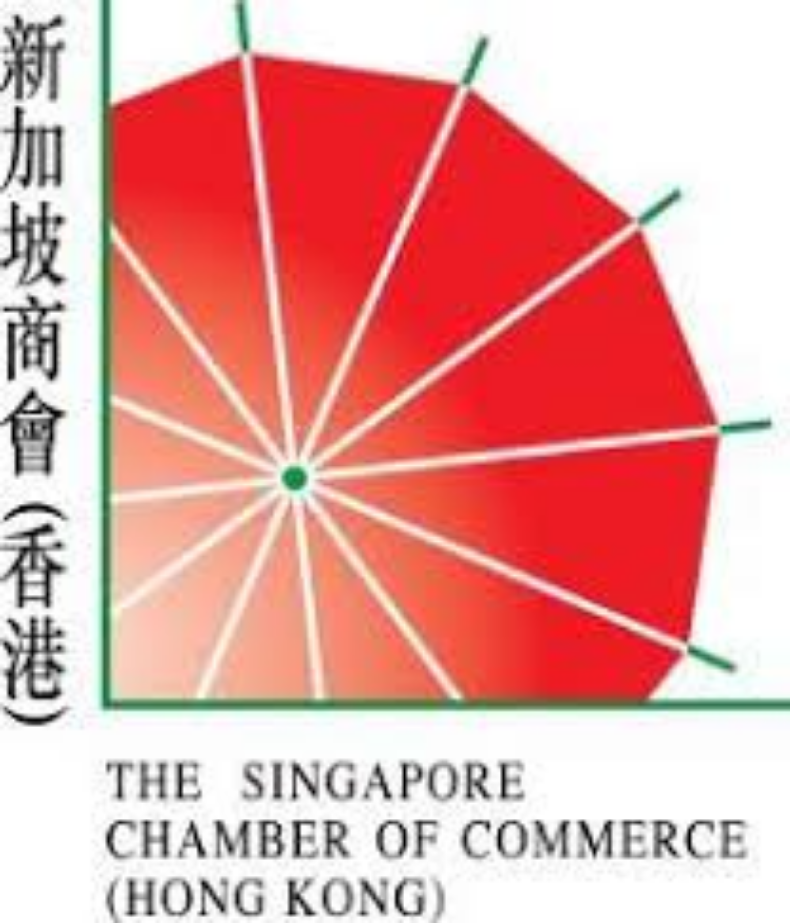About Hong Kong |
Hong Kong is a Special Administrative Region of the People's Republic of China. Following British rule from 1842 to 1997, China assumed sovereignty under the 'one country, two systems' principle. At the south-eastern tip of China, Hong Kong covers Hong Kong Island, Lantau Island, the Kowloon Peninsula and the New Territories, including 262 outlying islands. Between Hong Kong Island and the Kowloon Peninsula lies Victoria Harbour, one of the world's most renowned deep-water harbours.
ClimateHong Kong's climate is sub-tropical, with temperatures dropping below 10 degrees Celsius in winter and exceeding 31 degrees Celsius in summer. It is warm, sunny and dry in autumn, cool and dry in winter, and hot, humid and rainy from spring to summer.
PopulationHong Kong's population was approximately 6.92 million in 2007. People of Chinese descent comprise the vast majority of the population, with foreign nationals comprising 5%.
LanguagesChinese and English are the official languages of Hong Kong. English is widely used in the Government and by the legal, professional and business sectors. Trilingual professionals who speak English, Cantonese and Putonghua play a vital role in the numerous enterprises trading in Hong Kong or doing business with mainland China and Taiwan.
EducationOver 50 international schools offer more than nine curricula, providing children with an education compatible with their home country. These include the Australian, British, Canadian, French, German/Swiss, Japanese, Korean, Singaporean and US systems as well as the international baccalaureate. Graduates of Hong Kong's international schools are accepted at the world's leading universities. Several Hong Kong universities offer opportunities for part- or full-time life-long learning opportunities. Literacy: Age 15 and over has ever attended school School life expectancy (primary to tertiary education): Total: 14 years Education as percent of GDP: 3.9% (2006) EconomyWorld's 1st Freest Economy (Source: The Heritage Foundation, Index of Economic Freedom 2007). Hong Kong's economy is characterized by free trade, low taxation and minimum government intervention. It is the world's 11th largest trading economy, with the mainland of China as its most significant trading partner. Hong Kong is also a major service economy, with particularly strong links to mainland China and the rest of the Asia-Pacific region.
ReligionReligious freedom is one of the fundamental rights enjoyed by Hong Kong residents. There are a large variety of religious groups in the Hong Kong Special Administrative Region (HKSAR), including Buddhism, Taoism, Confucianism, Islam, Christianity, Hinduism, Sikhism and Judaism. Transport and CommunicationsAirports: 2 (2007) Airports - with paved runways: total: 2 Heliports: 5 (2007) Roadways: total: 2,009 km Telephones - main lines in use: 3.87 million (2007) Telephones - mobile cellular: 10.55 million (2007) Television broadcast stations: 55 (2 TV networks, each broadcasting on 2 channels) (2007) Internet hosts: 812,137 (2007) Internet Service Providers (ISPs): 17 (2000) Internet users: 3.77 million (2006) TourismThe total tourism expenditure associated to inbound tourism reached HK$117.3 billion in 2006. Overall visitor arrivals to Hong Kong in 2006 increased by 8.1% to 25.25 million, which was lower than what the Hong Kong Tourism Board (HKTB) had expected. The HKTB had initial expectations of 27 million visitor arrivals. Visitor arrivals from Mainland China exceeded 13.5 million. Arrivals in December 2006 exceeded 2.4 million, setting an outright record for a single month. In December 2006, there were 612 hotels and tourist guest houses in Hong Kong, with 52,512 rooms.
|

